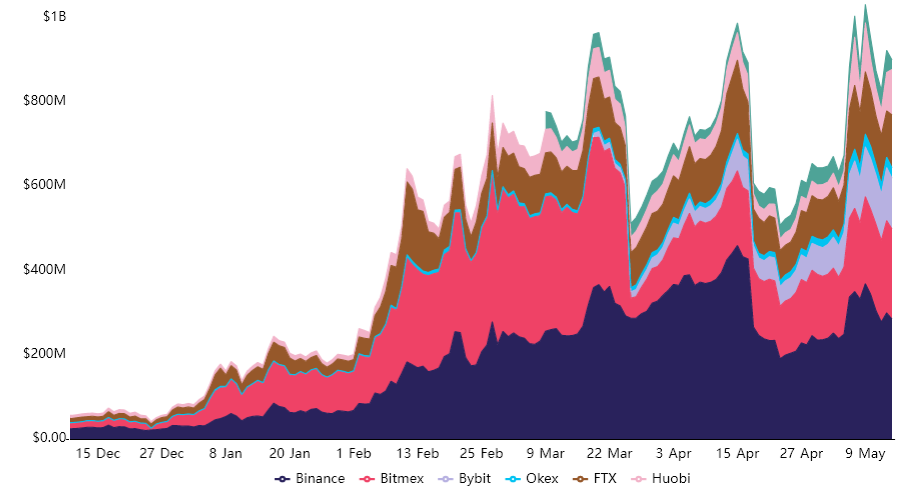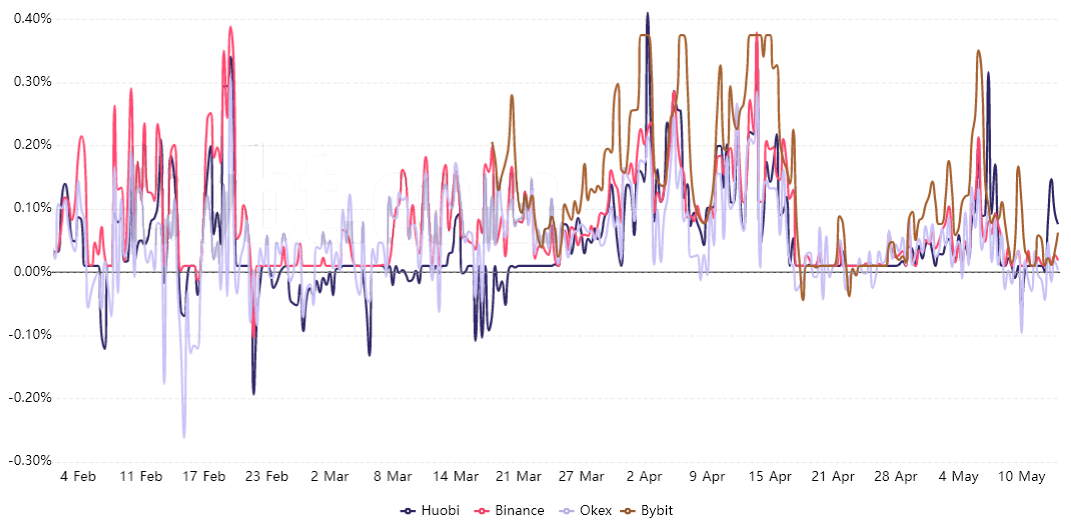Cardano’s (ADA) impressive 816% gain in 2021 catapulted the smart-contract platform’s market capitalization to $61 billion. To fully grasp how far this third-generation protocol has gone, the absolute leader, Ether (ETH), held the same valuation just six months ago.
As Cardano’s price evolves, so do its derivatives markets, and the nearly $1 billion futures open interest poses both an opportunity and a threat for the price. Cautious investors will now question whether the $200 billion in potential liquidations are around the corner, drawing similarities to the 23% crash that occurred on April 17.
DeFi is st looking for alternatives
There is no doubt that Decentralized Finance (DeFi) has been fueling the rally in smart contract-focused cryptocurrencies, and the Ethereum network’s median fees surging past $35 led investors to seek alternatives.
Cardano uses a Proof-of-Stake (PoS) mechanism, although still pending its ‘Goguen’ update, which will add support for smart contracts and native token issuance. While ADA is inflationary, the current 32 billion supply will be capped at 45 billion.

The $195 million long contracts liquidation on April 17 was partially responsible for the 23% crash that occurred over 4 hours. However, a significantly-sized open interest cannot be pinpointed as the primary catalyst for cascading liquidations.
Leverage is the culprit when it comes to negative surprises
Open interest is a measure of the number of open futures contracts, but these are matched at all times between buyers (longs) and sellers (shorts). Thus, the most aggressive liquidations occur when longs are using excessive leverage, and the only way to measure that is through the funding rate.
Perpetual contracts are also known as inverse swaps, and these contracts have a funding rate that is usually changed every 8 hours. When (buyers) use higher leverage, this fee increases, so their accounts get drained little by little. When a retail buying frenzy occurs, the fee can reach up to 5.5% per week.

A 0.30% funding rate every 8-hours equals 6.5% weekly, which is a heavy burden for those carrying long positions.
These high funding levels are unusual, and it won’t take much to trigger stop orders. That’s precisely what happened as Bitcoin price tanked to $52,000 on April 17 and pulled the entire cryptocurrency market south.
However, the current funding rate is close to 0 on most exchanges, indicating a balanced use of leverage on the buy and sell side. This means that even as open interest surges, there are no signs that the derivatives market will cause a potential ADA price crash.
The views and opinions expressed here are solely those of the author and do not necessarily reflect the views of Cointelegraph. Every investment and trading move involves risk. You should conduct your own research when making a decision.









Leave A Comment